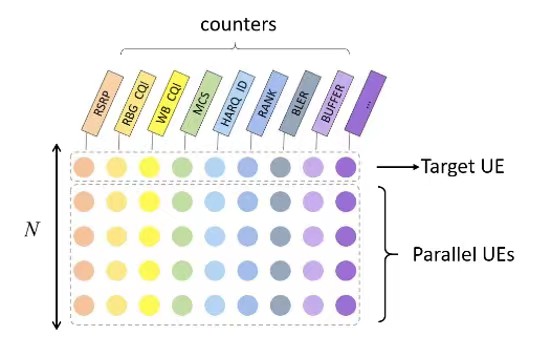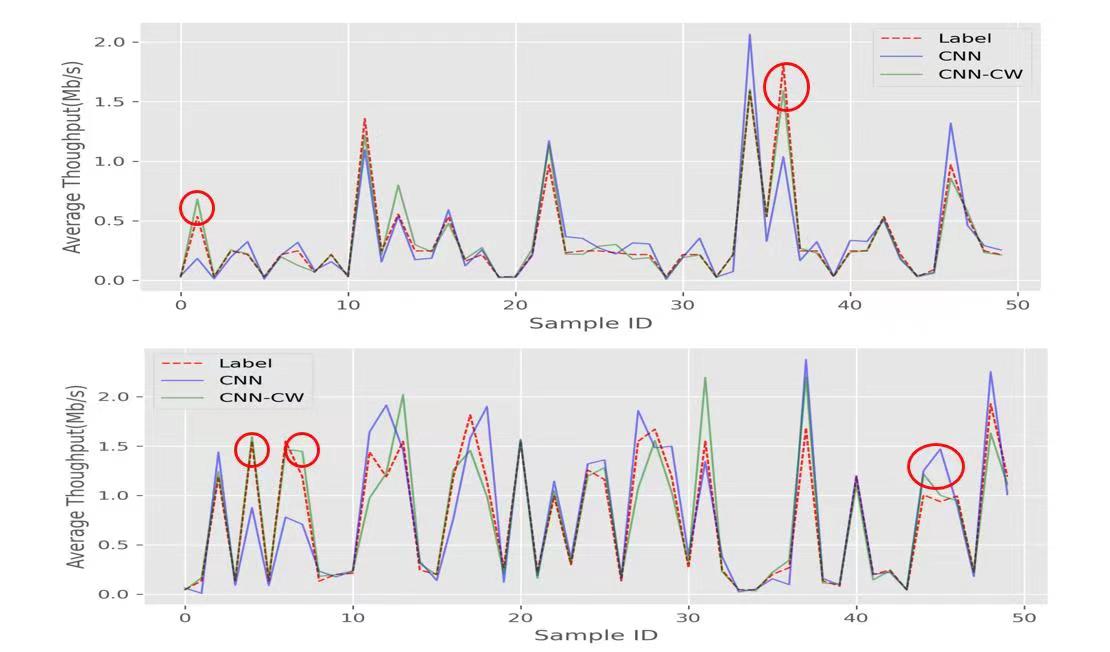科研项目
Modeling the Mapping of Network KQI to User QoS in Wireless Systems
Project description/goals
To model the relation for the key perfomance indicators of base station/cell and the user Quality of Service (e.g. throughput).
Importance/impact, challenges/pain points
With an accurate and interpretable relationship model, we will be able to manage network resources more efficiently with a guranteed network performance.
Since the relationship is highly nonlinear, we need to develop it in a data-driven way by using black box model. However, two issues arise. First, real world data tend to have overwhelming noise and could be destructive to the black box model. Second, we also need to do inference on the complicated black box model for further applications.
Solution description
For the first challenge, we propose a robust training mechanism based on bi-level optimization that can automatically assign lower weight for the samples with heavier noise.
For the second challenge, we propose two techniques:
1. A bootstrap assisted SHAP value for interpreting the prediction process of black box model.
2. A bi-section method for computing the marginal threshold of target KPI that guarantees an acceptable network performance.
Key contribution/commercial implication
Our project can be applied to many scenairos, for example :
1. Engineer can employ the prediction model for tuning the parameters of base station, in order to achieve better network performance.
2. When an extreme event occurs, engineer can determine which KPI is the key reason that cause this event.
3. Engineer can quickly determine the minimal requirement of target KPI that can provide acceoptable network performance.


Next steps
In the next steps, we could develop larger and more precise prediction model by collecting massive and multi-scale (grid-level, region-level, user-level, etc.) data. Such model can provide a firm foundation for massive automatic network parametes tuning in the future.
Besides, we can also develop model that can predict the user's expectation for the network performance. Therefore, combining with our project, we can achieve users' experience guided network parameter tuning.
Collaborators/partners
Huawei Company
Team/contributors
Zhiwei Tang, Siliang Zeng, Wenqiang Pu




